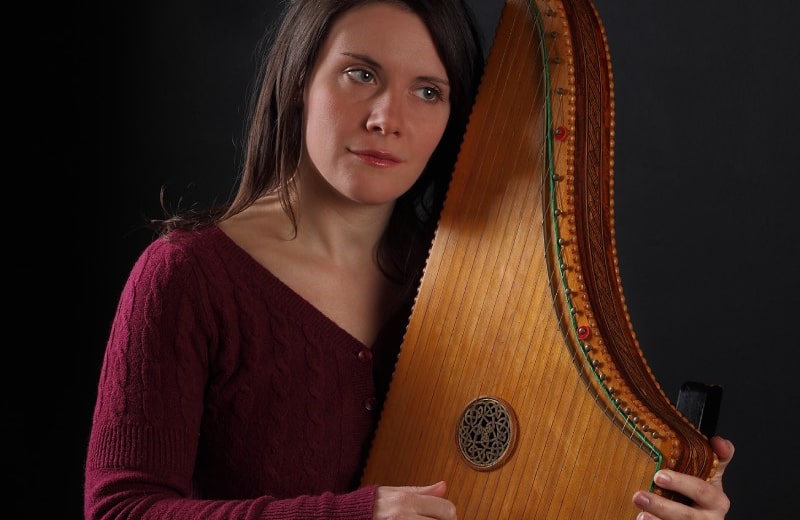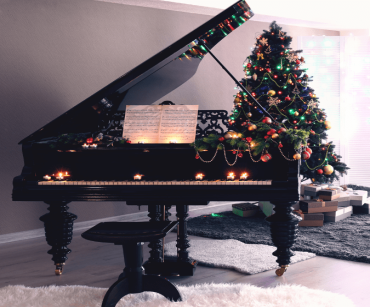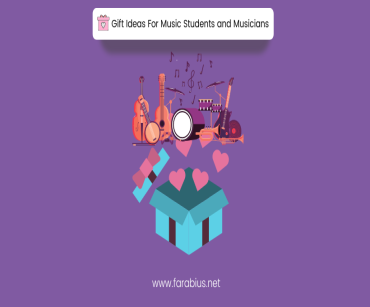
Five major points to consider for choosing an instrument
Many factors contribute to selecting an instrument before starting to learn music: everyone’s music preferences, budget, space occupied by instruments, personal traits, mobility of instruments, etc.
There are various instruments to start learning music with, including classical and traditional ones, and none are required to learn before another. Every instrument has a particular educational process, which incorporates all the requirements. Before taking the first step, many people ask, ‘Which instrument shall I choose’? Choosing a musical instrument to learn depends on various factors.
Below, we review five major points for choosing the most suitable instrument to start learning music.
1. Basic acquaintance with musical instruments
To choose one, you need to have a basic acquaintance with the types of instruments. Based on the way they are played, musical instruments are divided into several types:
- String instruments, or chordophones: Musical instruments that make sound through one or more vibrating strings. The vibration may be caused by plucking the strings with a pick, e.g., electric guitar, santur, tar, etc., or by drawing a bow, e.g., violin, violoncello, kamancheh, etc. Some of the string instruments are violin alto, tar, setar, santur, oud, kamancheh, violoncello, guitar, etc.
- Wind instruments: Musical instruments which are sounded by vibrating air. Wind instruments come in two varieties and are typically further divided into two types; brass instruments and woodwind instruments. Brass instruments include trumpets, trombones, and saxophones; woodwind instruments include flutes, clarinets, and bassoons.
- Percussion instruments: Musical instruments which are sounded by being struck with a beater or with hand. Traditional percussion instruments include tombak, daf, dohol, tabla, etc., and Western percussion instruments include drums, tumbas, tempos, hang drums, Cajóns, etc.
- Keyboard instruments: Like organs, pianos, accordions, etc. In selecting instruments with keys or buttons, it should be noted that there are a wide variety of pieces composed for piano, of which you may choose one without any limitation. The piano is suitable for independent people and those with a calm, quiet personality.
2. Duration of learning
In general, you cannot determine a certain amount of time before you can learn to play a musical instrument because your progress will depend on the time you spend practicing. The more enthusiastically you practice, the more progress you will experience in less time, although an approximate duration can be predicted in case of practicing satisfactorily.
Someone who chooses a string instrument to learn and play must be extraordinarily patient, firm, and determined, as learning such string instruments as violin, viola and violoncello will take longer and require much hard work and diligence. For this reason, a player at an earlier age must be mature enough to understand the reason for the slow process of learning such instruments. They will also require more coordination and agility. In general, for someone with constant day-to-day practice, it will take at least 12 to 24 months to complete the basic lessons. (Please note that this is an approximation, and children at an earlier age might need more time, as they usually spend less time practicing.)
Learning wind instruments will have speedier progress, and 10 to 24 months will be needed on average to complete the basic course. (Please note that this is an approximation and children at an earlier age might need more time, as they normally spend less time practicing.)
Percussion instruments can be learned more easily than the other instrument classes. A player with a good understanding of the rhythm will progress considerably in a relatively shorter period, about a year.
3. Age of learner
To start learning, the learner’s age is also important because the physical and mental preparedness of different people at a certain age is different. For example, children under ten need to start learning music according to the Orff approach. The educational settings in the Orff approach are designed to suit children, as children trained in the basics of step-by-step music benefit from games. Such instruments as recorders and Bells are taught in the classes using the Orff approach.
Bells is an instrument designed for children, with the musical notes set in order, enabling the child to develop a better visual understanding and mental visualization of the notes. In addition, each note is represented by a different color. The difference in colors helps the child better understand music and creates attraction.
The Flute’s sound appeals to children, and its sounding mechanism seems attractive and pleasant to them. In addition, it is small and lightweight and easy for the child to hold. Research shows that children who start learning music according to the Orff approach are less likely to abandon music in the future.
The child’s enthusiasm and interest must primarily be considered for children above ten years of age. If the child shows no specific interest, a complete, high-class instrument like piano, violin, and guitar (classic instruments) and santur, tar, setar, and oud (traditional instruments) can be good options. Any instrument, however, can be chosen at such an age, and there are no limitations.
For older people, given both their limited time and business and mental and physical preparedness, the best option to start learning music is an instrument which they like the best. This is because they have less time for practice and are busier with day-to-day and job affairs, which will give them little time to spend on a job requiring several years of fundamental work. So, choosing an instrument which best appeals to them and sounds more enjoyable will outweigh the other considerations.
4. Learner’s physical preparedness
The learner’s physical preparedness counts significantly in choosing an instrument to learn. One might be gifted enough to play and sing mentally but not be physically able for the instrument of their interest. For example, for a child to start learning piano, they must be able to sit at the piano and be strong enough to press the keys, and in the case of string instruments, e.g., violin, guitar, etc., they must be capable of holding the instrument; or, one must have a respiratory system strong enough to blow a wind instrument. Except for the recorder, children can usually start learning a wind instrument when their permanent teeth are fully grown, and the child is strong enough to blow the instrument.
5. Hard work and enthusiasm for learning music
Diligence, persistence in practicing, and interest are deciding factors in successfully learning music. A maestro, however proficient in their job, will only show the way to the learner, and it is the learner who will have to take the way. Travelling that way entails hardships and challenges, but one will not reach the pinnacle unless they endure hardships. So, when you are planning to choose an instrument for learning, you had better consider how much diligence and industry you find in yourself, as learning music in its best fashion will require much practice.
An interest in learning is not something which can be determined by seeking advice from family or teachers but is a personal affair, merely depending on the person themselves. Instead, you must search inside yourself to figure out which musical instrument and type of sound you want to communicate and which music style you are interested in.


